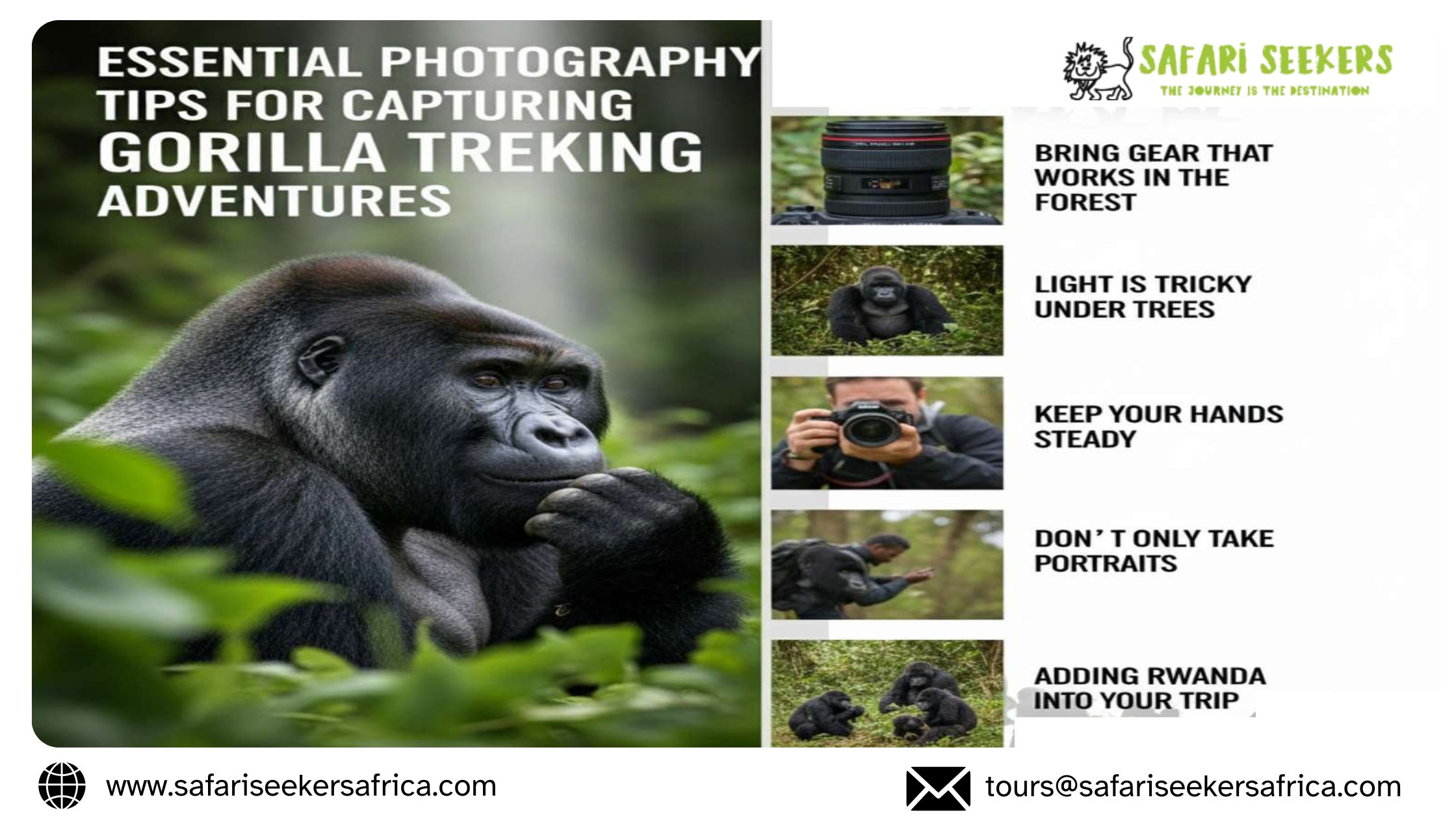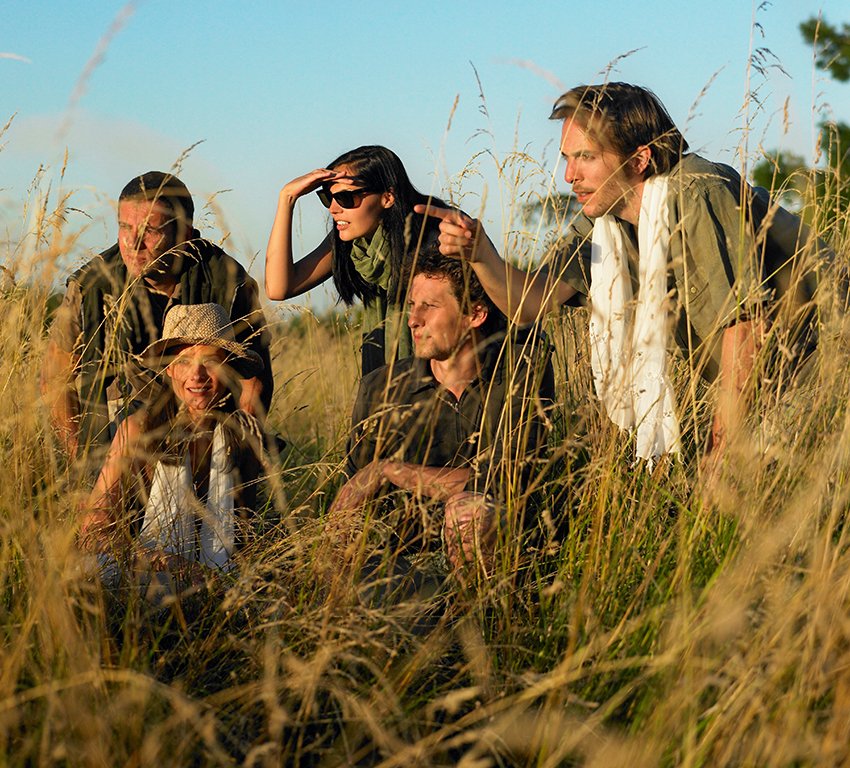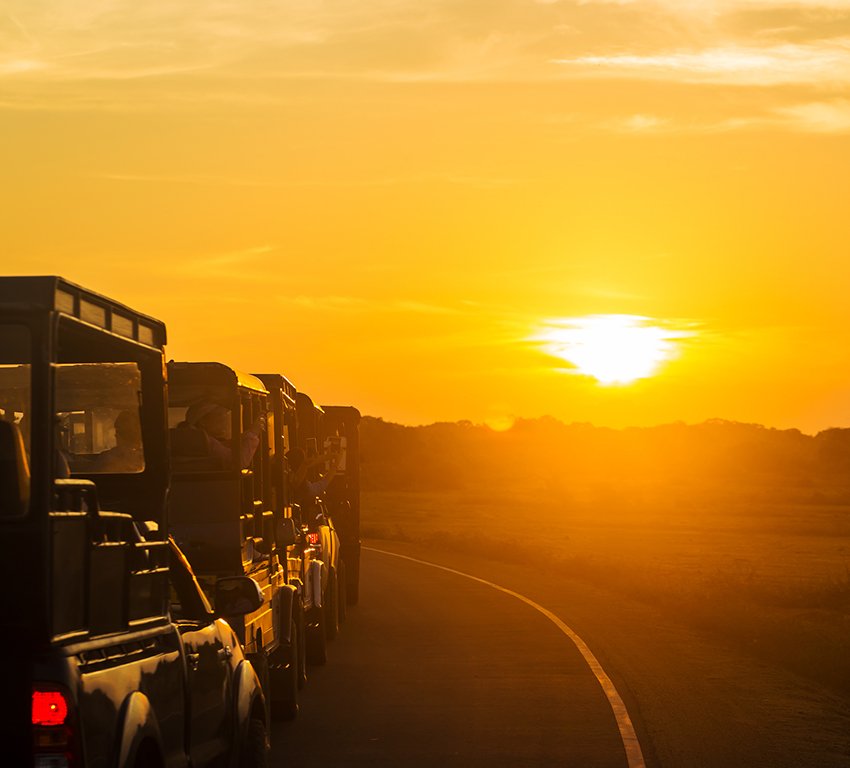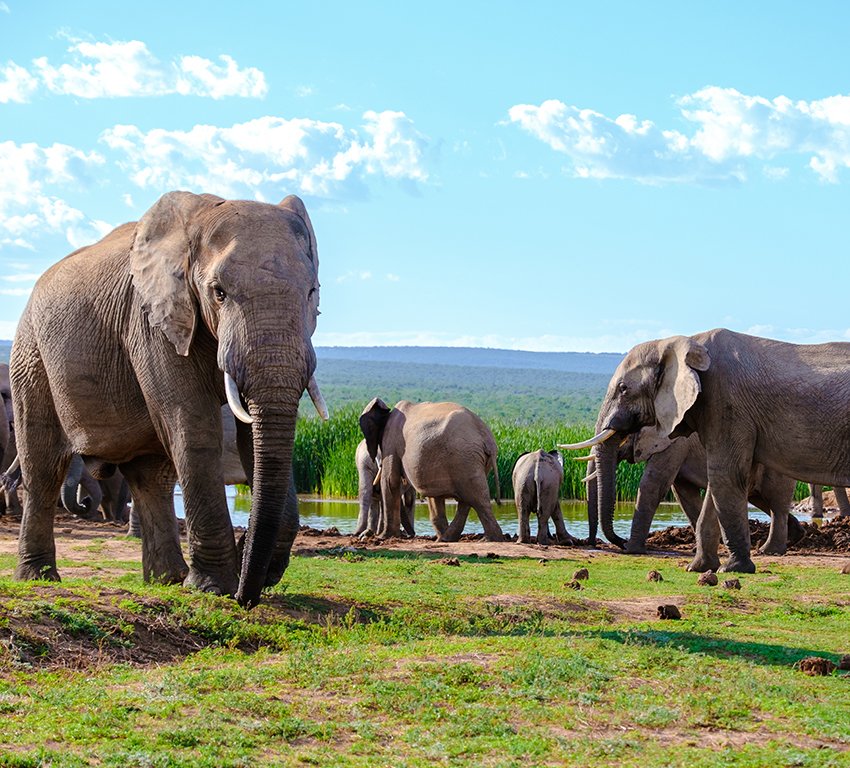We all love to go on safari, but what do we bring on the safari??
Here at Safari Seekers we have a small list of the Do’s and Don’ts of packing for a Safari
The Luggage
The weight of luggage is very limited on the small aircrafts that fly in Africa: per person, 33 lbs. per checked bag, soft duffel, for East Africa. The most important thing is to forgo wheels on your luggage as they add about eight to 12 pounds.
Remember to put your prescription medications in your hand luggage (in case your check-in bag goes astray… it happens!)…and make sure you have enough of each type to last your entire safari.
Preventative pharmaceuticals- This is just a fancy way of saying stuff you need, just in case the worst happens: diarrhea, headaches, heartburn, insect repellent, hand sanitizer, bites (antihistamine), indigestion, sore throat (lozenges), eye drops, and most important – anti-malarial tablets; Moisturizer and suntan lotion—SPF 20 or higher

The Clothes
Of course you’re not going to forget clothes! But are you taking the right clothes…and are you within those weight restrictions your travel agent told you about for those light aircraft flights?
Pack very minimal and lightweight, earth-toned clothing. Since most camps provide laundry services, packing light should be easy (think three to four outfits). It’s always good to pack a windbreaker or fleece, as the nights can get cool. We found that if you stick to green, khaki, grey, and white, it’s easy to mix and match.
Casual, comfortable clothing is suitable throughout the year when on safari. Whilst you may elect to start a completely new safari ‘wardrobe’ it is really not necessary to look like an extra on the set of Out of Africa! Apart from selecting reasonably neutral or ‘non-bright’ colored clothing, safari-wear is generally casual and practical.
Be sure you take clothes that you feel comfortable in – especially when it comes to your walking/hiking boots.
We recommend no-fuss, breathable materials like cotton that can be dried in the sun without shrinking. But do go for a cute blousy top (good for sun coverage and loose for heat)
Layering is key – Wearing clothes in layers is the most practical way to cope with fluctuating day/night temperatures and cool evenings whilst on safari.
The weather can change drastically from day to night, one region to another, so pack a variety of layers based on your trip.
Our go to’s for safari packing:
- 2x tank tops
- 2x tees
- 2x long sleeve shirts
- 1-2x sweater/sweatshirt/Fleece/warm jacket
- 2x shorts
- 1-2x pants – those that zip off at the knees are very handy, too
- Hat
- Swimsuit – a number of lodges and camps have swimming pools
- Flip-flops or similar for pool or in-room use, or even in safari vehicle
- An elegantly casual outfit for dinner at the smarter hotels
- Tissues/Wet Ones
- Toothpaste and toothbrush
- Hairbrush/comb
- And, of course, your undergarments – yes we have had people who have actually forgotten these….
Bring a bandana, which, when warm and dipped in water, is very refreshing around your neck.
If you plan to walk, then pack one pair of lightweight walking shoes with good tread…ideally, not white or neon!

A good torch (flashlight) is a must. It can be pitch black in the bush or in your tent in the middle of the night. A rechargeable torch is ideal but a small battery-powered torch is sufficient. The new LED miner’s lights that fit on your head (and leave your hands free) are also a good option. A smaller (pencil) torch for emergencies or looking at star maps is also worth considering. Most camps will provide a torch, or will walk you back to your tent as required, but being self-sufficient is always a good idea.
A good book. It never hurts to have an interesting book when travelling. You never know when you are going to be delayed at the airport or fall victim to Africa time!
A travel diary or journal is something we recommend. You will see and experience so much in such a short period of time on safari, that the only way to maintain a good record of it will be to write it down. It does require discipline, but will serve as an invaluable record of your safari adventure.
A word (or two) of warning:
It is not advisable to wear any form of clothing that may be construed as “camouflage”. By this we mean any form of brown/green “combat” style coloring. Even if it is the latest fashion statement – and even if it is your 14 year old wearing it – and even if it is just a cap. Many African authorities have a disproportionate phobia about such garments and this could conceivably result in you being questioned or harassed by the police. It has the potential to cause you grief, so don’t do it.
Do not take any expensive personal jewelry on safari. Be minimalist or take only those everyday items that you normally wear, like your wedding band, inexpensive earrings. In Kenya, do not wear any animal bone or ivory as it is illegal.
With regard to securing your luggage, we would strongly suggest using one or more combination locks to secure zips together if your suitcase does not have its own locking mechanism. Luggage tampering in airports does occur, unfortunately. Luggage straps that wrap around your suitcase can also deter, whilst shrink-wrapping facilities are available at some airports.
What Not to Pack
“Kenya and Rwanda are polythene-free countries. For environmental reasons, plastic bags are illegal and have been banned, the customary plastic duty-free bags included. For liquids in hand luggage, it is recommended to use transparent toiletry bags.”—Wilderness Tours
“Please note no drones are allowed by any camps in East Africa.”—P.W.
“Do not bring a portable hair dryer—most camps’ electrical systems cannot take the drain, but if you must bring, make sure it is a travel version with capabilities at 220-240v (most do not auto-adapt).”—N.W.
Final Prep
“An International Certificate of Vaccination (yellow fever inoculation) is required for travel to Rwanda and Uganda, and Tanzania/Zanzibar if you arrive from Kenya (or have been to Kenya on this trip).” —N.W.
“In the unlikely event of an injury, travel insurance is highly recommended—especially to cover evacuation.”—P.W.
Other necessities: your plane tickets, passport, credit cards (note that AMEX isn’t widely accepted), and some U.S. dollars for visas, tips, and souvenirs, etc. If you’re traveling in Kenya, you’ll need to bring a printed copy of your E-Visa.
Pro tip: We’re all about souvenirs at Traveler, so make sure to pack a second duffel bag when you go on safari—that way, you’ll have plenty of room to bring home memorabilia on the way back.
Time to plan your safari!
Hopefully, these tips will help you to figure out what you need to pack for your safari. If you need more information or want to go ahead and embark on a safari adventure, Contact Us. We’ll be happy to help you decide on the best tour option.












